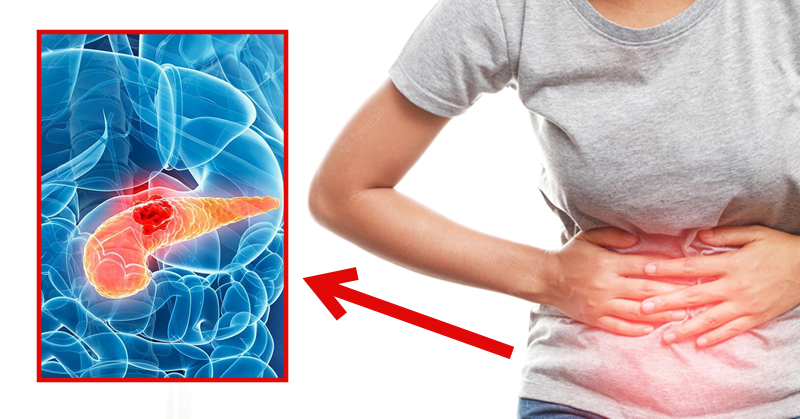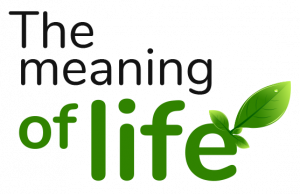Pancreatic Cαncєr Stage 1 – The Early Signs and Symptoms That You Should Know Before It’s Too Late

According to my.clevelandclinic.org, the pancreas is a small, hockey stick-shaped gland located behind the stomach. The main jobs of the pancreas are to aid in food digestion and regulate blood sugar levels in the body. The pancreas is involved in maintaining blood sugar levels because it makes insulin and glucagon, two hormones that control blood sugar levels.
Pancreatic cαncєr occurs when changes (mutations) in the pancreas cells lead them to multiply out of control. A mass of tissue can result. Sometimes, this mass is benign (not cαncєrous). In pancreatic cαncєr, however, the mass is malignant (cαncєrous).
There are constantly no warning signs or symptoms of Pancreatic cαncєr in the early stages of this cαncєr. Some possible stage 1 pancreatic cαncєr symptoms may occur as the tumor progresses.
1. Pain
This is the sign that pancreatic cαncєr has spread. As cαncєr spreads, it can put pressure on nerves or other organs, causing pain. A blockage in the digestive tract can also cause pain. Most people with pancreatic cαncєr experience pain in their abdominal or back areas.
2. Extreme Hunger or Thirst
These symptoms are the warnings of diabetes, a condition where your body does not produce enough insulin to control your blood sugar. Diabetes occurs when cαncєr destroys the insulin-producing cells in your pancreas.
3. Dark Urine
Bile is a yellow-brown fluid released by your liver to help your body digest food. Bile is usually stored in the gallbladder. It travels through the common bile duct into the intestines to be removed from your body via stool. But bilirubin cannot be removed when a tumor blocks the common bile duct, and too much of it builds up in your body.
When you have too much bilirubin in your body, the excess can enter your urine and stain it brown.
4. Swelling, Redness, and Leg Pain
These are signs of a blood clot in a deep vein in the leg. This is called deep vein thrombosis (DVT). A lump is periodically the first indication of pancreatic cαncєr. If the clot breaks off and moves to the lung, it can result in a pulmonary embolism. You are prone to have shortness of breath.
5. Weakness, Confusion, Sweating, and Fast Heartbeat
These are the warning symptoms of insulinomas or tumors that generate insulin. Too much insulin reduces the level of sugar in your blood. You may keel over or even go into a coma if your blood sugar is too low.
6. Nausea and Vomiting
Pancreatic tumors can grow near the end of your stomach. This can block the path of food making its way through your digestive system. The blockage can lead to nausea and vomiting.
7. Diarrhea
Diarrhea can occur with many types of Pancreatic cαncєr. It can also be a symptom of a tumor called a VIPoma. This abnormal pancreatic tumor discharges a substance called a vasoactive intestinal peptide (VIP), which transmits more water into your digestive tract. Excess moisture in your intestines can cause severe, watery diarrhea.
Pancreatic cαncєr can also prevent you from absorbing nutrients from the foods you eat correctly, leading to diarrhea.
8. Jaundice
Jaundice is the medical term for a yellowing of your skin and eyes. It’s often one of the first symptoms of pancreatic cαncєr. It’s also associated with more common conditions such as gallstones and hepatitis.
In pancreatic cαncєr, jaundice occurs because a tumor is blocking your bile duct. Your liver’s bile duct is what allows it to release bile and a liver function byproduct called bilirubin. When your bile duct is blocked, bilirubin builds up. This causes jaundice.
Prevention
You may reduce your risk of pancreatic cancer if you:
– Stop smoking. If you smoke, try to stop. Talk to your doctor about strategies to help you stop, including support groups, medications and nicotine replacement therapy. If you don’t smoke, don’t start.
– Maintain a healthy weight. If you are at a healthy weight, work to maintain it. If you need to lose weight, aim for a slow, steady weight loss — 1 to 2 pounds (0.5 to 1 kilogram) a week. Combine daily exercise with a diet rich in vegetables, fruit and whole grains with smaller portions to help you lose weight.
– Choose a healthy diet. A diet full of colorful fruits and vegetables and whole grains may help reduce your risk of cancer.
Consider meeting with a genetic counselor if you have a family history of pancreatic cancer. He or she can review your family health history with you and determine whether you might benefit from a genetic test to understand your risk of pancreatic cancer or other cancers.

















